2016 was not the best of seasons for Saskatchewan or Manitoba, and its impact will be felt all the way through 2017 in many ways. We all like to think if we plant the best seed with a good seed treatment, we’re doing all we can to ensure the crop gets that all-important quick, even start and can deal with threats in its seeding stage.
But 2016 left a lot, if not most growers in a bind. According to Barb Ziesman, provincial plant disease specialist with Saskatchewan Agriculture, field crops in 2016 endured very high levels of disease infection. “The very best thing a grower can do is to get his or her seed tested,” says Ziesman. “Knowing what pathogens are present and at what level within a seed lot can help producers in making informed seed treatment decisions. This is not a guessing game.”
There is usually good value in using a seed treatment. Depending on the crop, the environmental conditions, and how intensive the farm management system, the returns can be anything from piece of mind to significant financial gains at the end of the day.
Just like we know we shouldn’t use our mobile devices while driving, what we know and what we do are sometimes at loggerheads. We say we know the benefits of seed treatments, but for the sake of convenience or saving on input costs, not everyone will use a seed treatment. Let’s revisit the benefits of seed treatments.
Seed protected from seed-borne and soil-borne diseases, like:
– Root rot
– Blunt
– Smut
– Seedling blight
Seed protected from insect damage
– Wireworms, etc.
Improved seedling vigour
Earlier, more even emergence
– Important when farmers are trying to get the crop into what might be wetter, colder soils this year
Better developed root systems
Better tolerance to abiotic stressors
– Frost
– Drought
– Flooding
Improved potential for higher yields
After getting the seed tested for germination, vigour, and disease pathogens, then a grower can start making decisions about seed treatments. “If growers are using a seed lot of marginal to poor quality, the use of a seed treatment will be very beneficial,” says Ziesman. “Also, there will be greater risk when seeding susceptible crops into fields that had high levels of disease the year prior. For example, peas may be more at risk of fusarium root rot in fields that had fusarium last year. Additionally, there will be benefits if conditions at seeding or at emergence favour the growth of the pathogen and disease development.”
Ziesman recommends growers check out the newly altered decision flow chart for determining if farm-saved seed should be used and/or whether a seed treatment is recommended. Follow this link http://www.saskatchewan.ca/business/agriculture-natural-resources-and-industry/agribusiness-farmers-and-ranchers/crops-and-irrigation/crop-protection/disease/fusarium-head-blight.
“This link also provides a lot more detailed information for growers on fusarium head blight,” says Ziesman. “Our flow chart has been changed to reflect the fact that now the fusarium pathogen is, to all intents and purposes, well established in most regions of Saskatchewan. The changes we made essentially reflect the fact that in areas where Fusarium graminearum is established, stricter thresholds to prevent the introduction of F. graminearum are not necessary. In these areas, the risk of seedling blights can be indicated by the total Fusarium infection levels.”
While Fusarium head blight might be taking over more regions of Saskatchewan, farmers should be aware that it is also a risk in Manitoba.
Your local agronomist can be very helpful in determining what seed treatments are suitable by crop and by geography. Some seed labs provide services to select a seed treatment based on testing in the lab following a fungal scan.
There are several new seed treatments available for 2017. The details of each can be found in the 2017 Guide to Crop Protection produced by Saskatchewan Agriculture.
Once the decision is made to use a seed treatment, coverage of the seed with the seed treatment product is the next critical consideration. In the past, seed treatments were glycol based. They penetrated the seed coat and attacked the disease – even before seeding. Today’s water-based seed treatments do not penetrate the seed coat in the same way. Good seed coverage is crucial to good disease efficacy. Remember, the disease is not controlled until it, and the seed, start to grow. If even a spot on the seed is not treated, it provides an avenue for the disease to successfully grow and establish itself.
Good vs poor pea ST coverage. Photo courtesy of Saskatchewan Ministry of Agriculture.
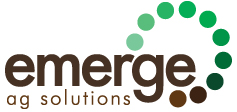
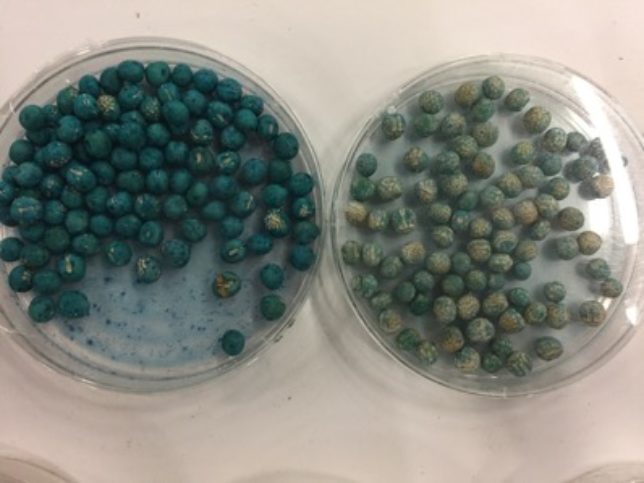


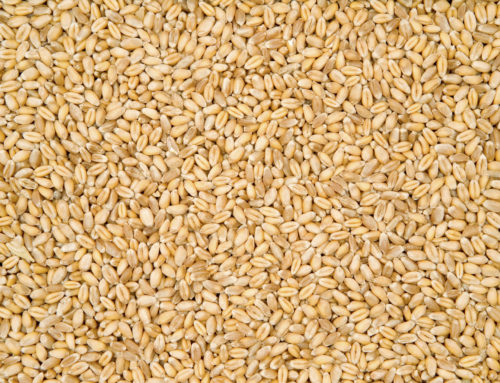
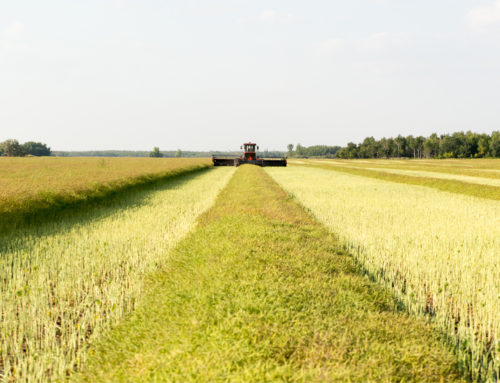
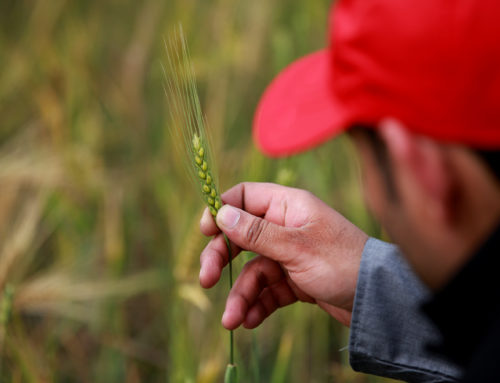
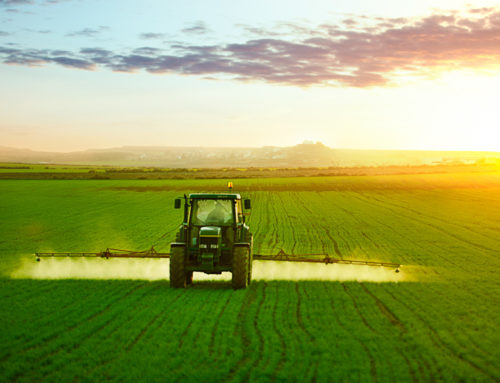

Leave A Comment